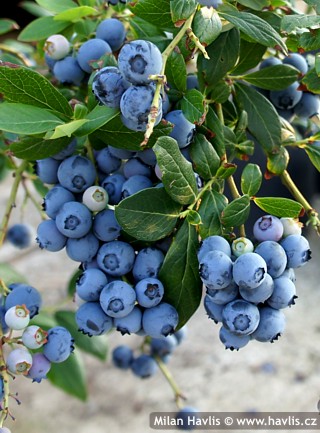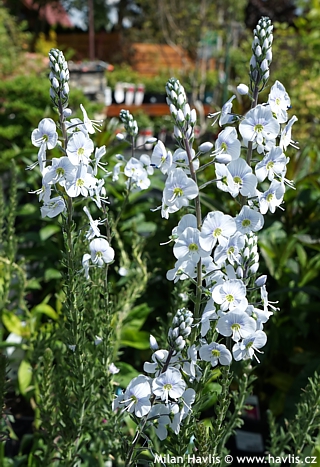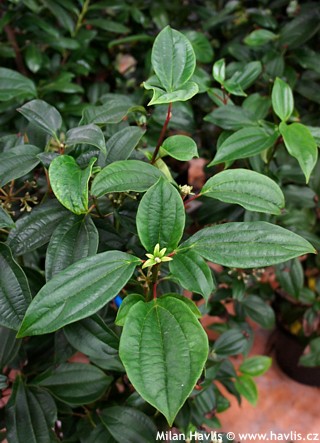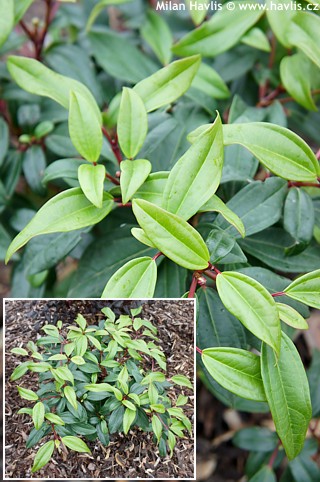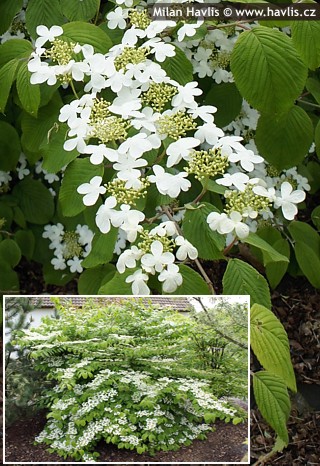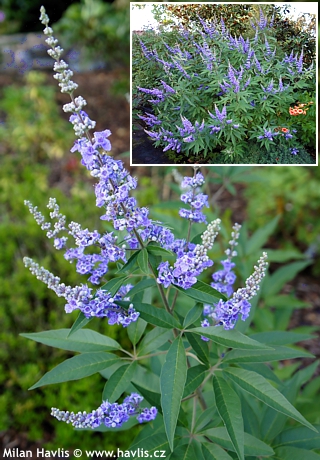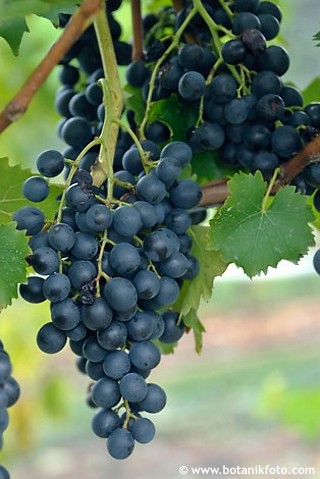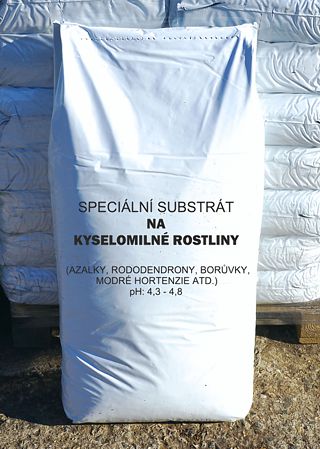CURRENTLY IN STOCK:
Highbush blueberry is native to North America. It is a deciduous shrub 1-2m tall and wide producing edible, sweet berries in summer. Individual varieties differ in habit, fruit size and also slightly the taste. New, modern varieties are bred to eliminate cracking and to enhance hardiness. Flowers ar ...

V - VI

1 - 2m

1 - 2m

full sun

4 (down to -34°C)

for zone 5+6

for zone 7
Tissington White is an award-winning variety of gentian speedwell from Derbyshire, U.K., introduced in 1991. It bears large, nearly white flowers with attractive deep violet veins, formed in erect, spiked inflorescence on about 40 cm tall stems. Flowering begins in late May and in good conditions ca ...

VI - VII

0,3 - 0,5m

0,3 - 0,4m

full to partial sun

2 (down to -45°C)

for zone 5+6

for zone 7
Cinnamon-leaved viburnum is a beautiful evergreen shrub that was discovered in China by Ernest H.Wilson in early 20th century and brought to the USA in 1905. It is very similar to David’s viburnum but larger in every aspect. It bears large, evergreen, broadly elliptic, deeply veined leaves tha ...

1 - 2m

1 - 2m

full to partial sun

7 (down to -23°C)

for zone 5+6

for zone 7
Angustifolia is a botanical term used for plants that have narrow leaves. In case of this variety of David viburnum the leaves are about 50% narrower but darker green compared to the species. They are evergreen, partly glossy, elliptic, and have 3 prominent, deep veins, which give this shrub an addi ...

0,8 - 1,5m

0,8 - 1,5m

full to partial sun

7 (down to -23°C)

for zone 5+6

for zone 7
Mariesii is an architectural shrub with 100% horizontal, tiered branches and profusion of flowers in late spring. It is a variety of Japanese snowball bush with pure white flowers, composed in umbrella-shaped terminal panicles. Most of them are sterile = producing no or very few fruit but if you are ...

V - VI

1,5 - 2,5m

2 - 4m

full to partial sun

5 (down to -29°C)

for zone 5+6

for zone 7
Latifolia is a large-leaved version of chaste tree. Botanically not a variety, just a selection of the species, still, I can see that it is the most sought-after chaste tree today. It is easily distinguished by both larger leaves and inflorescence that contains more individual flowers owing to which ...

VIII - IX

2 - 4m

2 - 3m

full sun

5b (down to -27°C)

for zone 5+6

for zone 7
Romeo is less known but excellent and very tasty variety of dark blue grape wine. It produces large, elongated clusters of mid-sized berries from late September until mid to late October. They are very sweet and aromatic, only slightly acidic, and contain small seeds. Romeo grape wine is very resist ...

3 - 5m

1 - 1m

full sun

5b (down to -27°C)

for zone 5+6

for zone 7
Professional substrate for ericaceous plants is an excellent mixture designed for plants that love or need acidic soil reaction. This substrate consists of exact ratio of peat, finely crushed bark, and fine-grained sand which imitates natural habitat of these plants in the wild. It is enriched with ...












